There are 2 media inside the tank: air (gas) and water, which fills the rubberized membrane. When the pump turns on, the water enters a special container. In this case, the gas is compressed and its pressure increases. Because of this, under pressure, water flows out of the membrane into the pipes. When the pressure reaches the required value, the pump automatically stops its work and turns off. Water begins to be pushed out of the accumulator reserves. If the liquid in the tank decreases, then the pump turns on again and everything happens in a new circle.
Normal pressure readings in the accumulator are necessary in order to create favorable conditions for the operation of the pump. It is the gas pressure that makes it impossible to turn on and off the device after each opening of the tap. In addition, optimal pressure contributes to:
- Prevention of water hammer that can destroy pipes and mixers.
- Increase the pump resource.
- Creation of a reserve stock of water in the tank. It is used when there is a power outage.
Types of accumulators
- The one that is only responsible for cold water. It is necessary in order to store and supply unheated water. In addition, this battery helps to avoid water hammer, due to a sharp change in pressure, in various household electrical appliances: washing machine, dishwasher and others. If you use this tank less often, then it can last a very long time. Usually blue. It can be made in both horizontal and vertical versions.
- Responsible for hot water supply. Heats up and supplies heated water. Works flawlessly in high temperature environments. Has a red color. It can be executed in vertical or horizontal version.
- Heating. They are installed in the construction of closed heating systems. The pump turns on when the pressure changes and drives hot water through the pipes. This accumulator is also called expansion accumulator.
In addition, tanks can vary in volume. On the Russian market, copies are sold from 20 liters to 1000 liters. But, basically, you can find accumulators with a volume:
- 24 l.
- 50 l.
- 60 l.
- 80 l.
- 100 l.
The most demanded of the presented models are tanks for 80 and 100 liters. They are great for medium-sized families.
Optimal performance
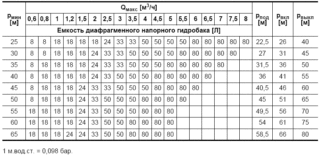
Verification methods
Usually, the manufacturer indicates in the documentation the number of pressure checks in the accumulator per year. On average, measurements should be taken at least 2 times every 12 months. Before starting, it is necessary to completely empty the tank of water, and disconnect the pump from the power supply. When the system is connected to electricity, you should carefully monitor the situation. The working pressure must be indicated in the accumulator passport.
To check the tank, you need to unscrew the decorative cap that covers the nipple. A car pressure gauge must be connected to the spool. The measuring device must have a minimum error. Cheap plastic pressure gauges will not work, as they will show completely different data. After measurement, the result should be compared with the passport, if it turns out to be less, then the tank should be pumped up with a compressor. Leave the accumulator for a day. Next, a control dimension is made, if the pressure is normal, then you can assemble the system back. If the pressure is exceeded, then the air is slightly vented.
If the battery is used in a suburban environment, then it must be checked before the start of the season. For any deviations from the norm, you need to make unscheduled measurements.
How to properly adjust the pressure in the accumulator
- The pressure level after which the pump starts pumping water.
- Installation shutdown threshold.
- Air pressure in the tank.
1 and 2 parameters are controlled by the pressure switch. A special device is installed on the battery inlet plug. The adjustment takes place empirically; to reduce the error, the steps should be repeated several times. The relay consists of 2 springs. They are set on vertical rods and screwed with nuts. Springs differ in size and functionality: a large one is responsible for adjusting the on and off of the pump, and a smaller spring adjusts the difference between the upper and lower pressures. The springs are connected to a special membrane that closes and, accordingly, opens electrical contacts.
Adjustment is made with a key. The desired nut must be turned clockwise. This results in compression of the spring and an increase in the pump activation threshold. Turning counterclockwise accordingly weakens the spring. There is a step-by-step adjustment scheme:
- First you need to check the air pressure in the accumulator, pump it up with a compressor.
- Next, the nut is turned over the larger spring to the optimal level.
- The valve for draining the liquid turns. The head, of course, should drop, after which the hydraulic pump turns on. The indicators are remembered. If necessary, the series of actions is repeated anew.
- Next, the small spring is adjusted. It should be remembered that it is very sensitive to adjustment, and therefore it is best to turn it 0.5 turn.
- The indicator is fixed with closed taps and a working hydraulic pump. The device will show the value at which the equipment will stop working. If it is more than 2 atm., Then you need to slightly turn the small spring in the opposite direction.
- It is necessary to drain the liquid and restart the hydraulic pump. The process should be repeated until the best measurements appear.

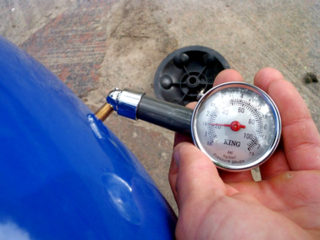
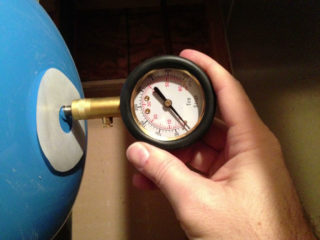
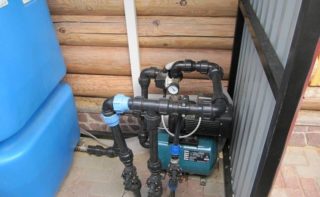
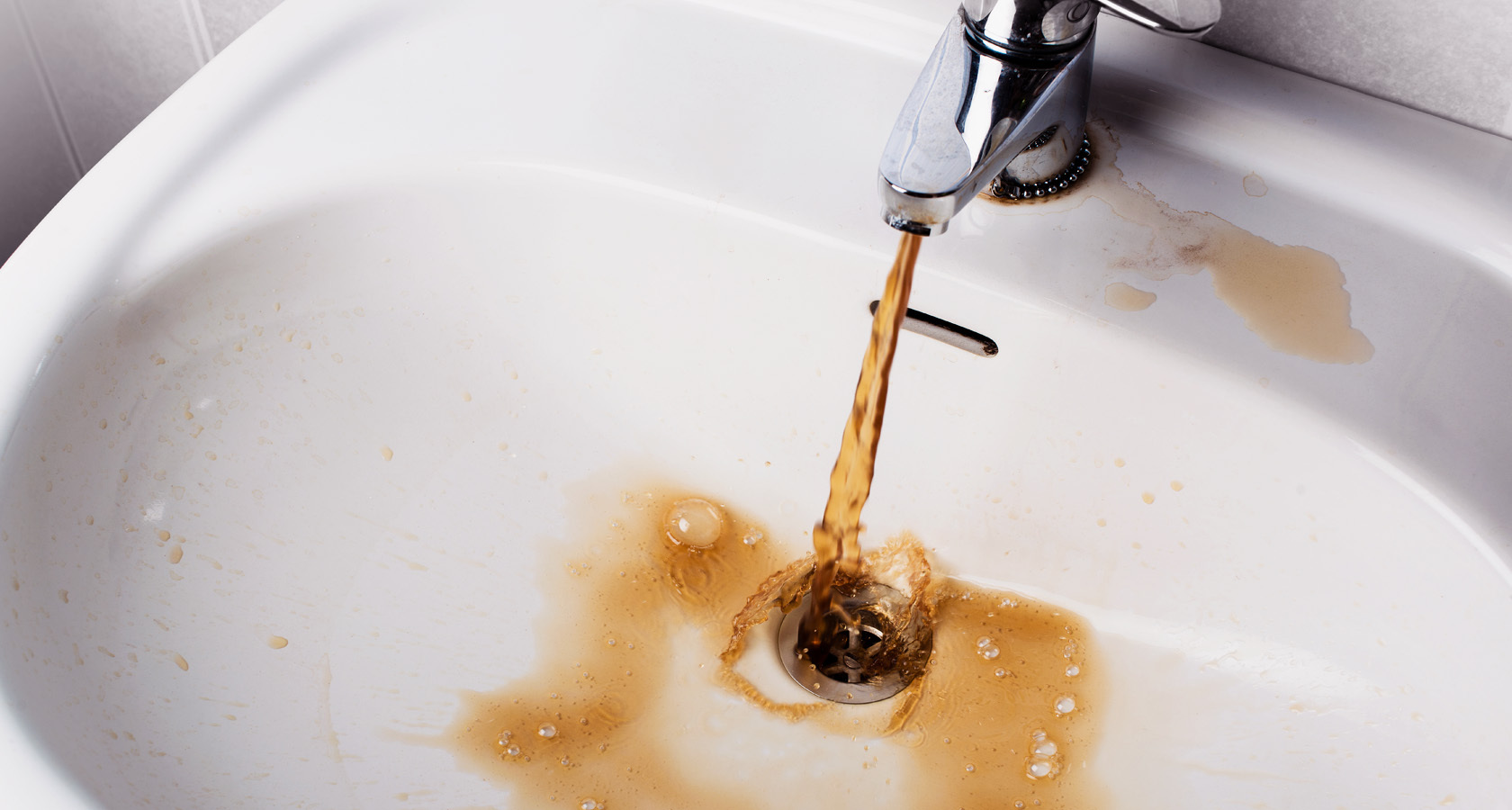
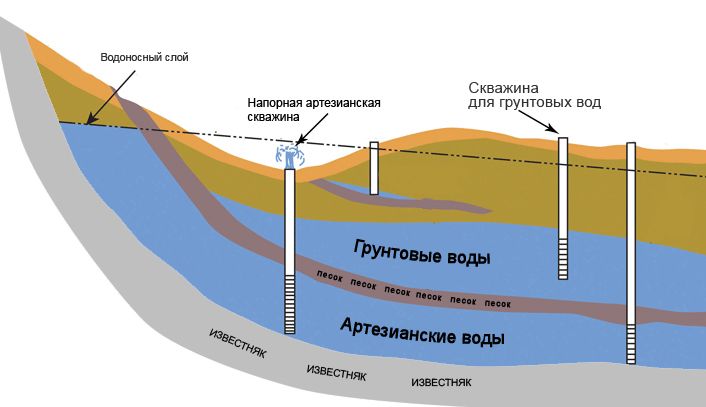

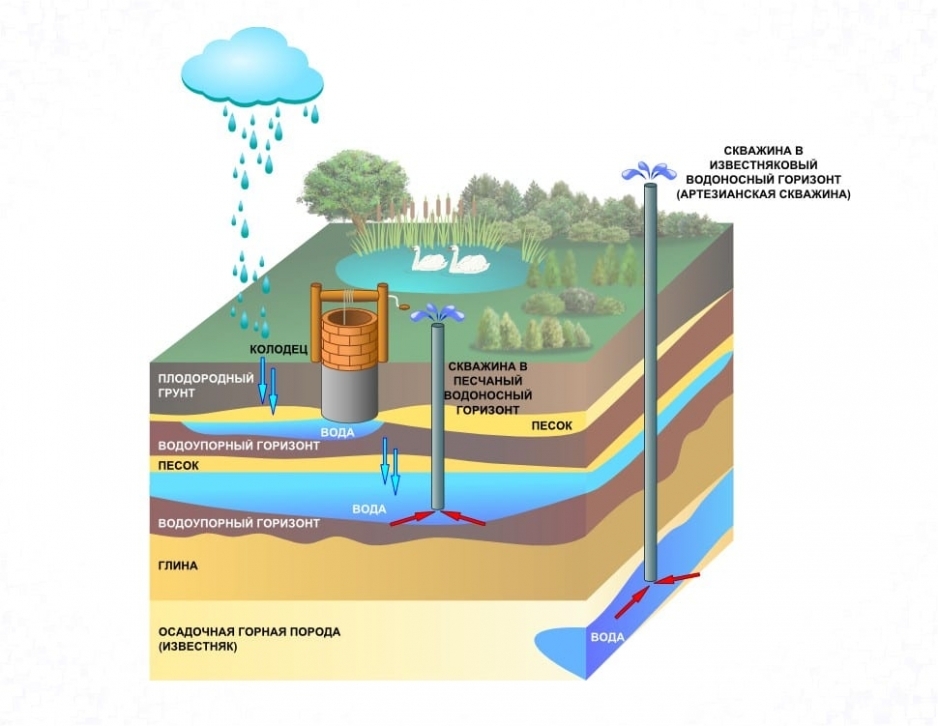
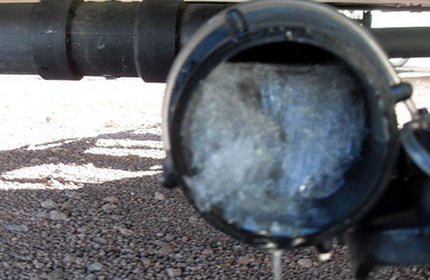
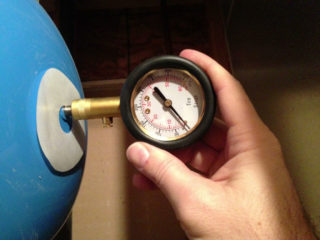
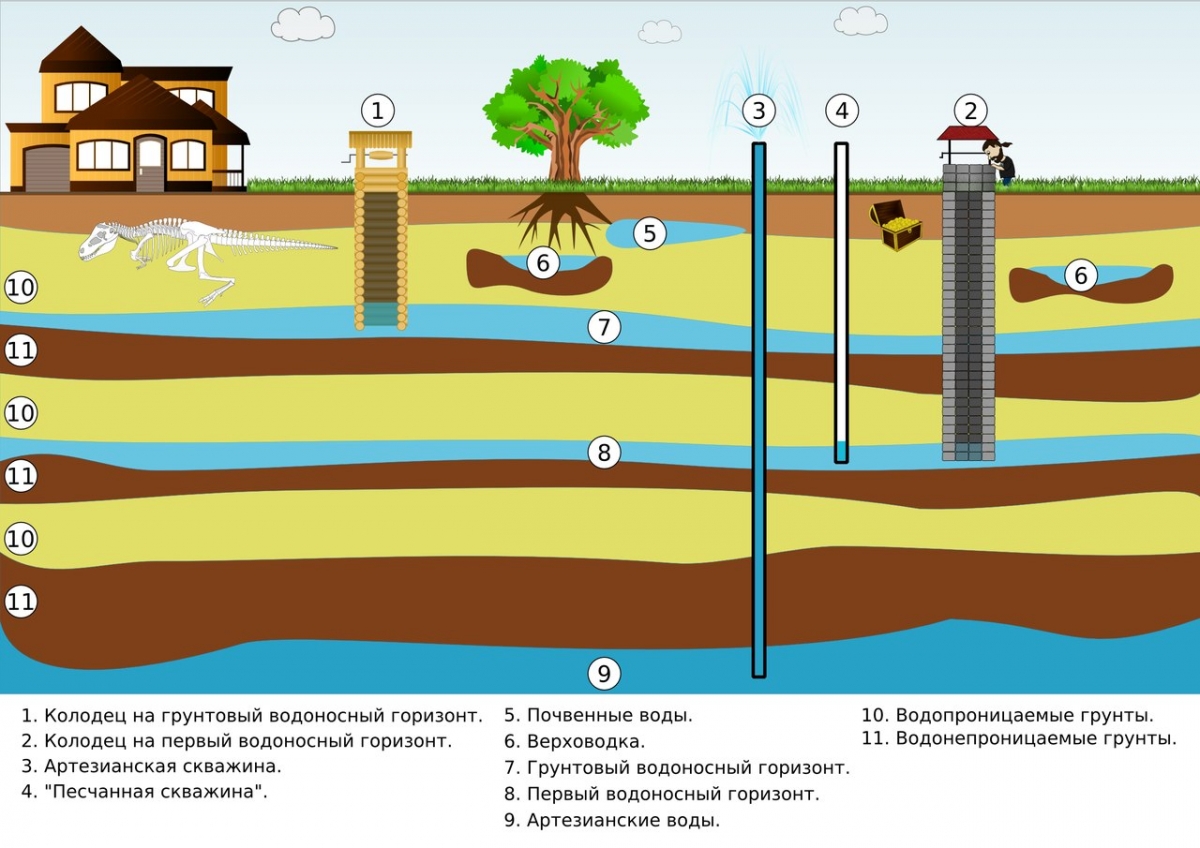
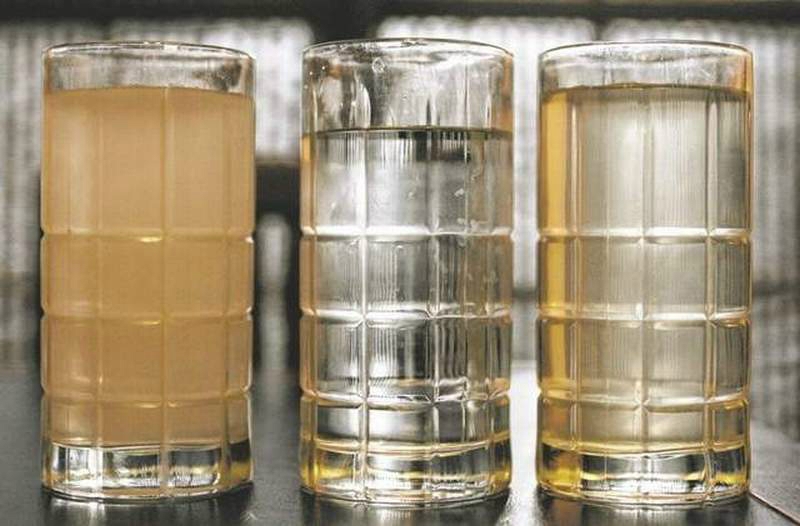
The article is about nothing! After the announced headline, only two lines should be written: the pressure in the accumulator of the pumping station or in the water supply system of the house should be 10% lower than the pressure to turn on the pump. Everything ! OK